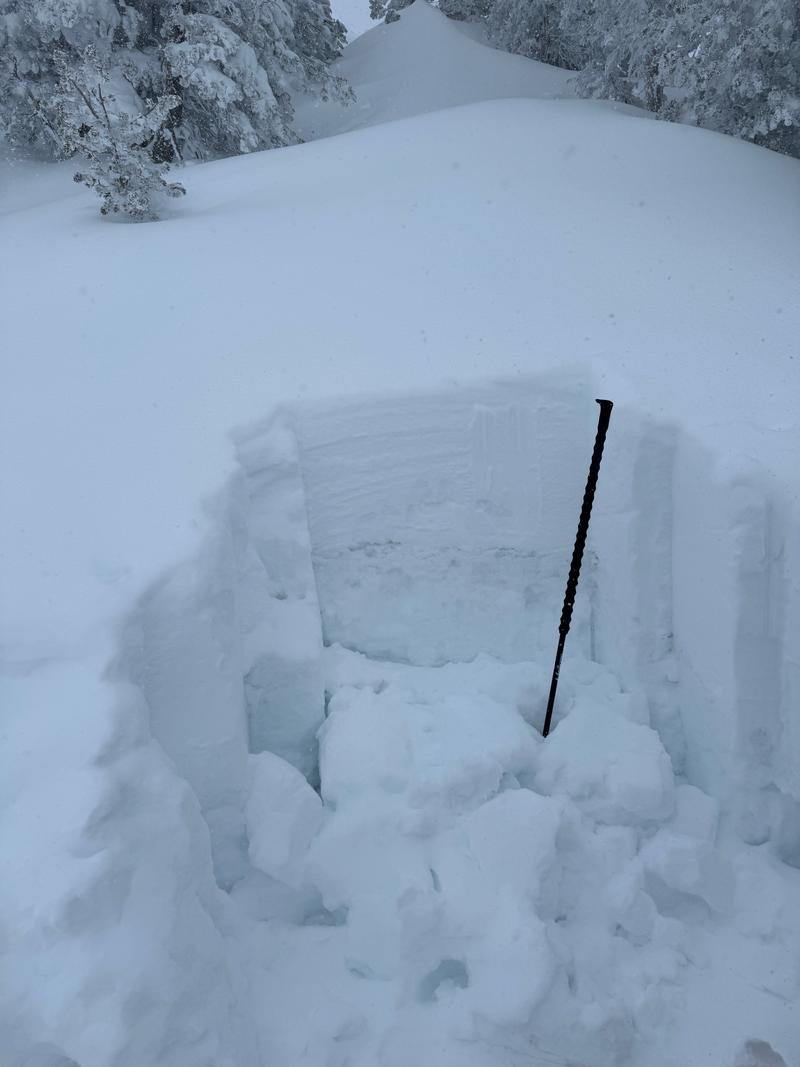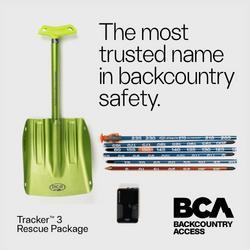Observation Date
1/13/2024
Observer Name
Kelly, Babbit
Region
Salt Lake » Little Cottonwood Canyon » Grizzly Gulch » Twin Lakes Pass
Location Name or Route
Twin Lakes Pass
Comments
Primary layer of concern was small facets under wind-drifted snow above pencil hard crust. Second layer was dry facets below the pencil hard crust. It will take a lot of weight to break through this crust and in this location I would imagine that the old/new snow interface and density changes would be the first layer to break in the newest snow and the potential for stepping down may exist, but it would be a lot of additional weight to break through this pencil hard crust. The snow structure on this aspect at this elevation in this location

Today we avoided all avalanche terrain and slopes steeper than 30°. We traveled with a high danger mindset. The snowpack has gone through rapid changes this week with more on the way as additional snow and wind are added. We decided that now is not the time to push terrain choices and that is why we stuck with lower angle terrain.
We often refer to Roger Atkins Paper on the Yin, Yang and You from an operational (ski area, highway, guiding service) standpoint. I also find it helpful when making travel decisions in avalanche terrain and being able to discuss what the goal of the tour is with my touring partners. For today our plan was to step back and avoid suspect terrain because of the changing weather conditions.
We often refer to Roger Atkins Paper on the Yin, Yang and You from an operational (ski area, highway, guiding service) standpoint. I also find it helpful when making travel decisions in avalanche terrain and being able to discuss what the goal of the tour is with my touring partners. For today our plan was to step back and avoid suspect terrain because of the changing weather conditions.
Today's Observed Danger Rating
High
Tomorrows Estimated Danger Rating
None
Coordinates



